
Each year, the Insight competition reminds us of how amazing our Universe is.

Scientists studying data from the ESA Gaia spacecraft have discovered a previously unknown dwarf galaxy lurking just outside the Milky Way, an extremely low-density swarm of stars two thirds the size of Earth’s galaxy.

More precisely, the Milky Way collided with the second galaxy, absorbing many of its stars and spiraling out a chaotic tangle of stellar matter — birthing new stars and altering the orbits of others.

This confirms the current understanding of cosmological evolution - that galaxies and their associated black holes merge over time, forming bigger and bigger galaxies and black holes.
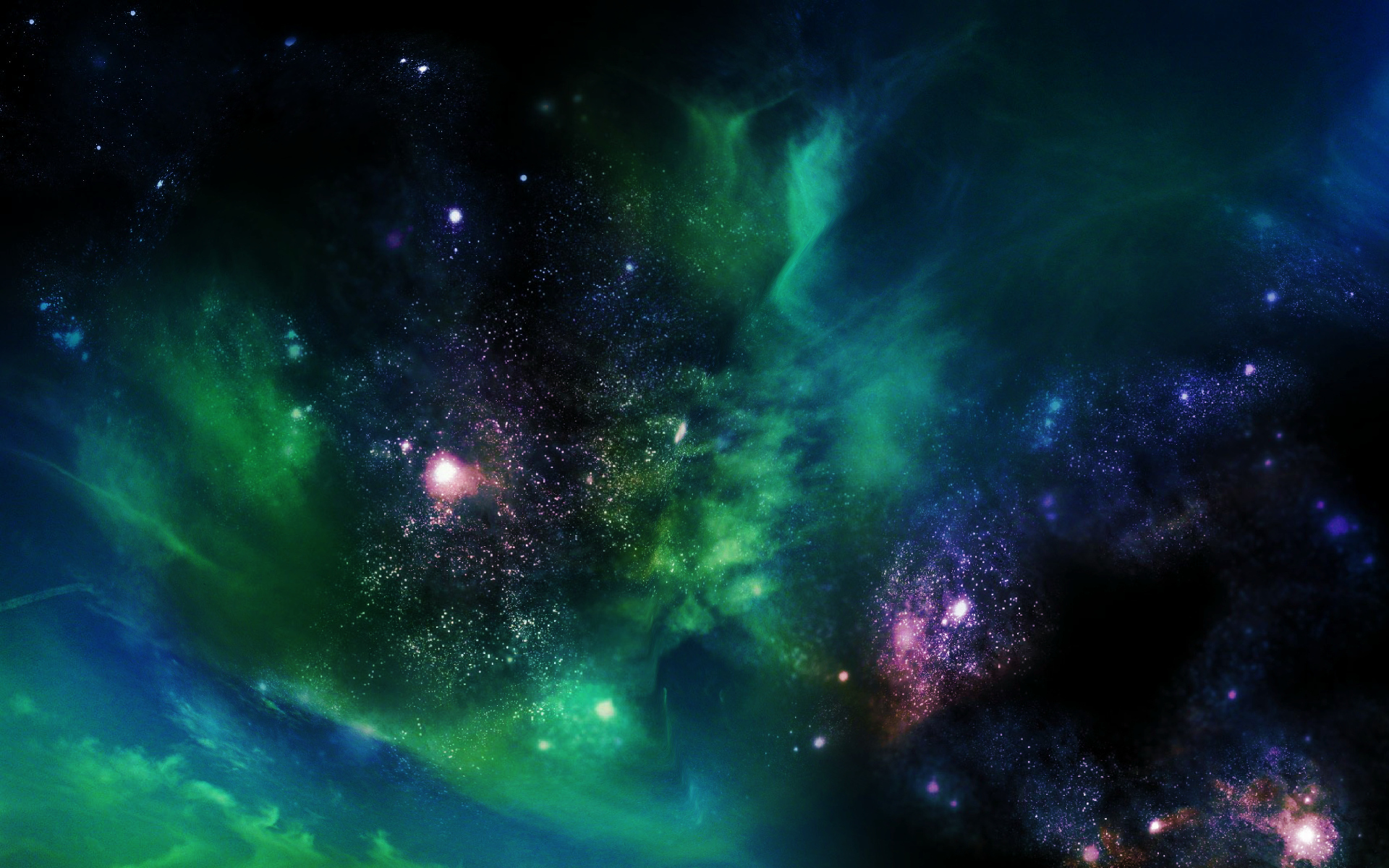
Astronomers have discovered a titanic structure in the early universe, just two billion years after the Big Bang - a galaxy proto-supercluster, nicknamed Hyperion.

According to the model of US researchers, the entire Milky Way (and even other galaxies) could be exchanging the components necessary for life.

MIT researchers have found the quasar, PKS 1353-341, is simply so bright it drowns out the light from hundreds of galaxies in a surrounding cluster.

To help us grok the immensity of the cosmos, the European Space Agency has released a remarkable image of space in which every point is an entire galaxy.

Astronomers have discovered that both starburst galaxies in the early Universe and a star-forming region in a nearby galaxy contain a much higher proportion of massive stars than is found in more peaceful galaxies.
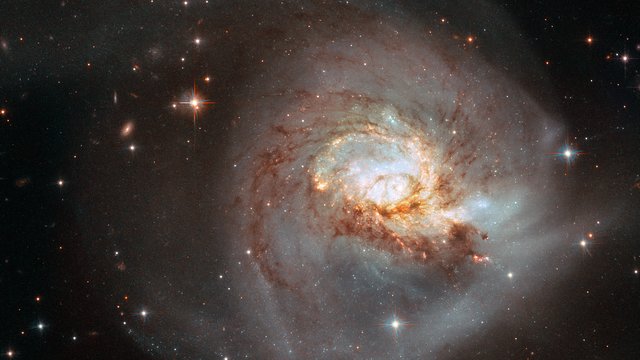
Though it resembles a peaceful rose swirling in the darkness of the cosmos, NGC 3256 is actually the site of a violent clash. This distorted galaxy is the relic of a collision between two spiral galaxies.
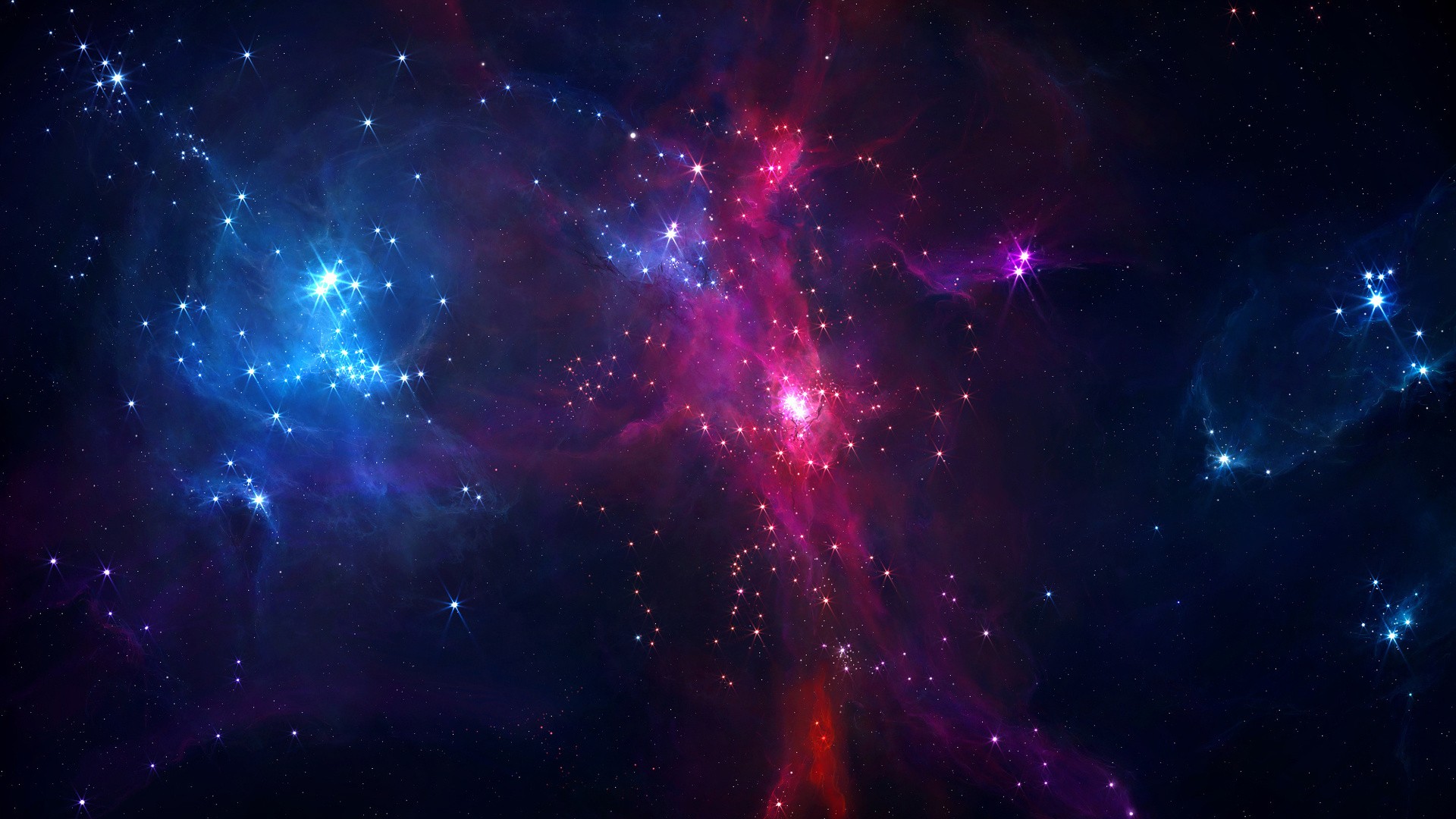
An international team of astronomers is releasing the most comprehensive, high-resolution ultraviolet-light survey of nearby star-forming galaxies.

Astronomers have observed a galaxy 13.3 billion light years away that includes stars that must have been shining just 250 million years after the Big Bang.
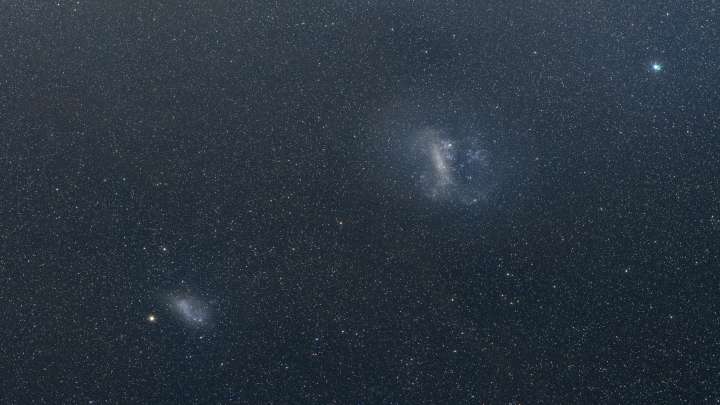
Scientists have found what looks like an exceedingly small galaxy in orbit around our Milky Way. Named Hydrus 1, it’s located about 90,000 light-years from Earth, between the Small and Large Magellanic Clouds.
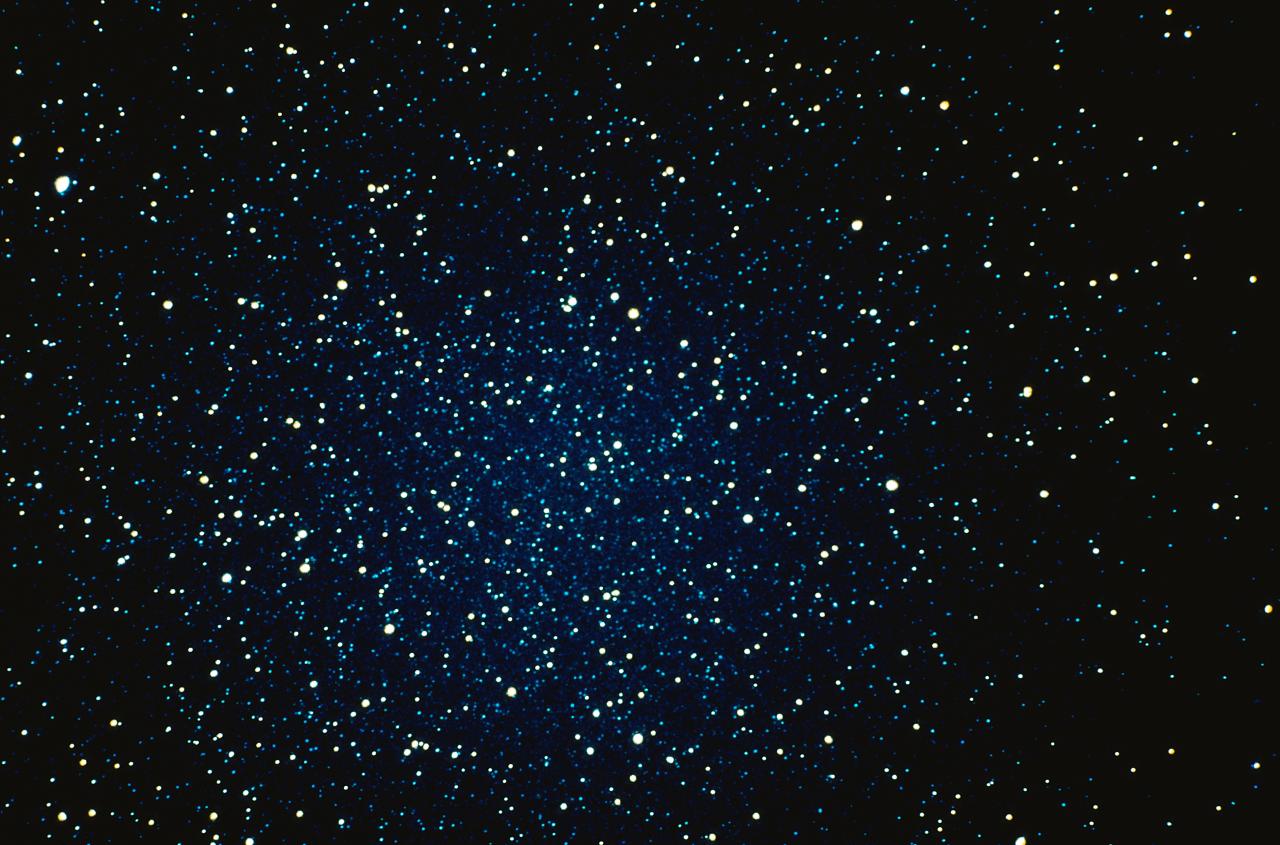
A dense flock of 14 galaxies from 1.4 billion years after the Big Bang is destined to become one of the most massive structures in the modern universe.

Astronomers from Lancaster University have modeled conditions during the earliest moments of the cosmos.